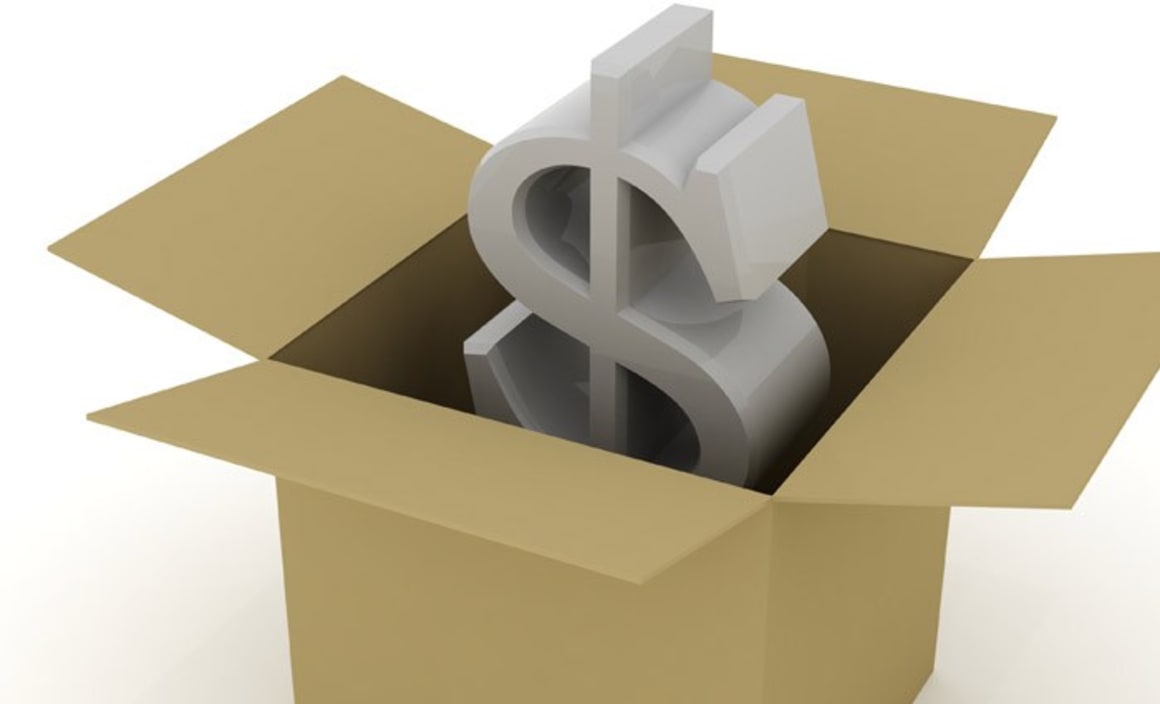Why sales volumes means more than auctions

Today’s real estate commentary has been hijacked by price.
Nearly everywhere you turn, someone is discussing what property prices are doing.
It’s a pity that most of the data is wrong and the observations way off.
In fact, most of the movement in actual prices is to do with sales volumes rather than actual changes in prices.
If you want to know where the residential market is heading, follow sales volumes – not reported price growth.
Three graphics to get us going – spend a few minutes familiarising yourselves with the Australian scene and then Queensland.
Some observations:
- Close to 470,000 residential sales currently take place across Australia each year. Sales are up 14% on the year before.
- Most sales take place in the eastern states, followed by WA and SA. Very few sales take place in NT; ACT or even Tasmania.
- Most investors are best buying in places with large and steady sales volumes – a place where there is already an established resale market.
- Most residential sales in Queensland are anchored in the south-east of the state. In fact, many of Queensland’s regional markets are quite small when it comes to market size.
- Sales volumes are rising in south-east Queensalnd and in Rockhampton plus Cairns. They are falling or at best steady in the centre of the state. Those markets peaked a few years ago.
- Rising sales indicate a recovery; falling sales suggest a market peak or downturn.
- At this stage of a cycle – in general, improving market conditions in south-east Qld – there are lots of media stories about the top-end of the market. Last weekend’s papers featured several articles about this.
- Keep in mind that the size of the top-end of the Queensland market is very slim – under 3% of sales by volume.
- It is often best to buy an investment property in Queensland priced somewhere in the middle of the bell-curve – so in general, between $350,000 and $500,000 in value.
Investors should always ask five questions before buying:
- How many sales take place each year within a 10 minute commute?
- How many sales are priced within $50,000 of the asking price?
- Are sales increasing or falling?
- Who is currently buying property in the area? Especially how many are investors and where do the originate from?
- How many similar properties in the area to the one under consideration are bought by owner-residents on resale?
The reasons why such questions are important:
- Know the potential size of your resale market – the bigger the better.
- Rising sales mean increasing demand, so make a reasonable offer.
- Declining sales mean falling demand, so maybe delay offer or make a hard one.
- Areas and projects with rising owner-resident demand usually are accompanied by better price growth and rental returns.
- Also areas and projects with a lot of investment buying – especially when these investors are not local – have, in the past, been accompanied by poor property performance.
For most property owners – including investors – it isn’t about price, it’s about whether or not there is a buyer at resale and if there is, how long it will take to sell at your asking price point.
It’s a pity there isn’t more conversation about sales volumes in the media and on property-related blogs.
Think sales, not price.
Visit Michael's website, read his blog, follow him on Facebook and Twitter, or connect via LinkedIn.


